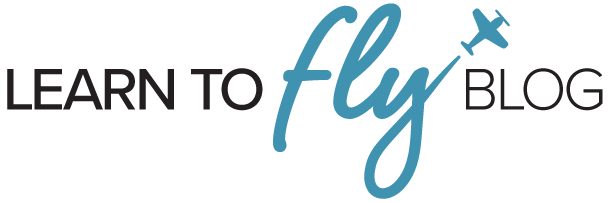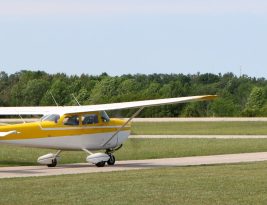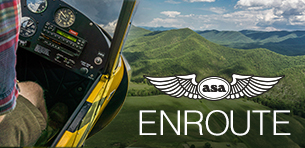The majority of airports have some type of lighting for night operations, and the variety and type of lighting systems depends on the volume and complexity of operations at a given airport. We’re going to be examining these types today with help from the FAA’s Pilot’s Handbook of Aeronautical Knowledge.
…Tag: aerodynamics
View All CategoriesThis post on spins is derived from the FAA Airplane Flying Handbook, available from ASA in print and in PDF format.
A spin may be defined as an aggravated stall that results in what is termed “autorotation” wherein the airplane follows a downward corkscrew path. As the
…As a pilot you should always expect change. Change can often occur prior to your flight even beginning. I’ve been in situations before where I have completed my entire cross country flight plan and weight and balance only to find out another friend wants to come along for the ride. Before doing
…We’re devoting this week to aerodynamics, specifically the load factors experienced in turns. There’s more to turning your airplane than smoothly coordinating your ailerons and rudder pressure. Understanding the role of lift and gravity in a turn will help you fly efficiently and within the limitations of your airplane. The
…This week, we’ll take a look at another aerodynamics topic: stability. Bob Gardner has this introduction in his textbook The Complete Private Pilot.
The three axes of control pass through the center of
…It’s been a few days since I last posted; I believe we left off discussing Bernoulli’s principal as it relates to lift. Today, I want to discuss another important mathematician/physicist from around the same time, Sir Isaac Newton.
Sir Newton came up with what is known
…I hope everyone had a great weekend and got a chance to spend some time looking over Thursday’s questions, let’s see how you did.
1. When do the four forces that act on an airplane in equilibrium?
A—During un-accelerated flight.
B—When the aircraft is accelerating.


